Moisturizers are an essential part of our skincare routine, but finding one that works for you can be daunting. There are so many moisturizers to choose from, and your moisturizer preference can be so subjective.
Moisturizers come in various base types, ranging from gels to emulsions to thick, rich creams. And, depending on the type you use, it can hydrate, smooth, soften and protect your skin.

So, how do you go about choosing a good one for your skin needs? Hopefully, after reading this, you’ll feel better equipped to know the best moisturizer for your skin type and goals.
In this blog post, we’ll talk about:
- What a moisturizer is
- The ingredients to look for in a moisturizer
- The best kind of moisturizer for your skin type, and
- Moisturizers I recommend for my skin
So, let’s get started.
First Things First, What Is A Moisturizer?
Your moisturizer is like your coat. It protects your skin from moisture loss. By protecting our skin from drying out, you’re able to keep your skin’s protective barrier safe.
Your moisturizer makes up the last few steps in your skincare routine after serums and treatments. And when used daily, they can improve the skin’s appearance, keeping it feeling smooth, plumped, and soft.
Ingredients To Look for in a Moisturizer

Let’s break down the three main types of ingredients that moisturizers contain: humectants, emollients, and occlusives.
Humectants
Humectants are basically “water-binders.” They are substances that attract water from their surroundings to hydrate. Given this, moisturizers with humectants are going to re-hydrate your skin and increase your moisture levels.
Examples of Humectants include:
- Glycerin
- Hyaluronic acid
- Sodium hyaluronate
- Sugar/Honey
- Collagen
- Amino acids
- AHA’s
But you won’t get long-lasting results from a face cream that contains ONLY humectants. Humectants help hydrate, but they need to be combined with emollients and occlusives to prevent moisture from escaping your skin.
Emollients
Emollients help smooth the surface of your skin by filling in all the cracks produced by rough, dry, and flaky skin. Emollients fill those rough, dry, and flaky spaces with fatty substances called lipids. Lipids play a crucial role in maintaining your skin barrier’s strength, keeping in moisture, keeping out dirt and impurities.
Examples of emollients include:
- Colloidal Oatmeal
- Butters (Shea, Cocoa, Mango)
- Ceramides
- Oils (Grapeseed, Jojoba, Coconut)
- Silicones
- Fatty Acids/Alcohols
FYI – These are some of the best ingredients for soothing eczema-prone skin.
Occlusives
Occlusives form a protective barrier on your skin to prevent moisture loss. Occlusives essentially help seal everything in! They lock in all the hydration already in your skin and help your skin retain all its moisture.
Examples of occlusives include:
- Petroleum Jelly
- Mineral oils
- Olive oil
- Lanolin
- Silicones
- Beeswax
- Dimethicone
Now, keep in mind that occlusives don’t deliver any moisture themselves. As Dr. Elizabeth Tanzi says, “They [just] put a sealant on your skin by coating the top layer.”
The Best Kind of Moisturizer for your Skin Type
OILY & ACNE-PRONE SKIN
My oily and acne-prone skin friends need to apply a moisturizer too. When the skin lacks hydration, it can produce even more oil to overcompensate for its loss.
But, people with oily/acne-prone skin tend to shy away from moisturizers because they can feel greasy, or they’ve used ones that have led to clogged pores. So, I’d suggest a gel or lighter-weight moisturizer that will help balance your skin but won’t clog your pores. I’d even recommend a moisturizing liquid, like Dr. Jart’s Ceramidin Liquid. It’s concentrated with humectants and has fewer emollients.
DRY SKIN
Dry skin NEEDS moisture to maintain hydrated, glowy and bouncy skin. So, if you have dry skin, you’ll enjoy a more emollient moisturizer. Your skin can handle thicker, richer, creamier formulations. Since I have drier skin, I use Dr. Jart’s Ceramidin Liquid as a serum before my moisturizer due to its skin-strengthening properties.
SENSITIVE SKIN
If you have sensitive skin, you’ll enjoy moisturizers with soothing properties and a “pure” ingredient list. So, try to avoid dyes, fragrances, or excessive alcohol in your moisturizer’s ingredients.
NORMAL SKIN
If you have normal skin, you have a lot more freedom when choosing a moisturizer. Just make sure to select a formula that will keep your skin well-balanced and hydrated, even during changes in seasons and environmental conditions.
Moisturizers for Dry, Dehydrated Skin
Here are my current favorites for the fall and winter season. I’m giving you a timeless drugstore formula, some cult-favorites, and a few splurge-worthy options.
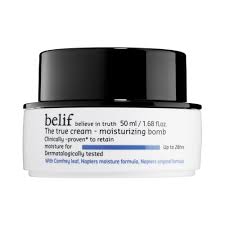
Belif True Cream Moisturizing Bomb* – A comforting cream with a whipped texture for normal to dry skin. See me apply it on my skin here.
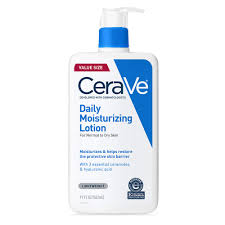
CeraVe Daily Moisturizing Lotion – This is a great go-to moisturizer. It provides all-over moisture and has mild ingredients that are perfect for those with sensitive skin.
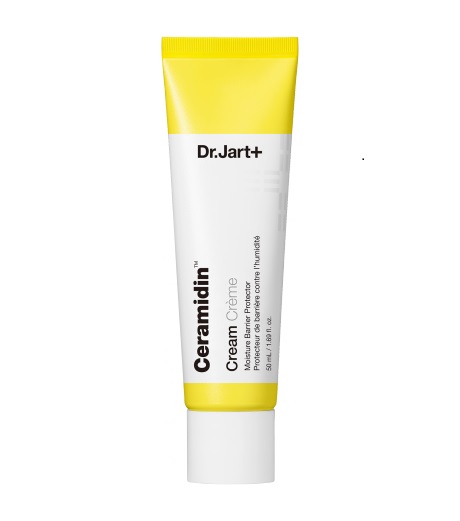
Dr. Jart Ceramidin™ Cream* – This is a very straightforward and simple moisturizer that’s great for cold, windy days. This rich cream will give your face all the protection it needs!
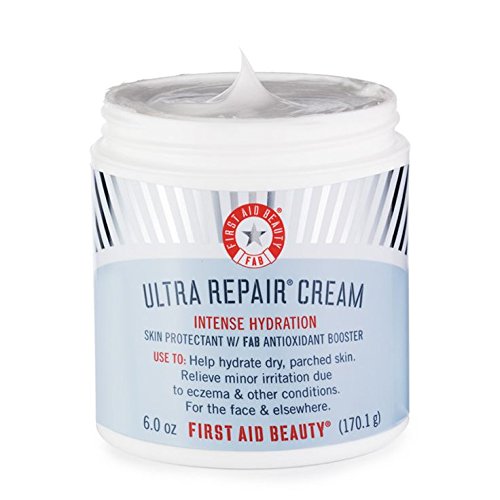
First Aid Beauty Ultra Repair Cream*- This flexible multi-tasker hydrates, soothes, heals, and softens dry, irritated skin with no fuss.
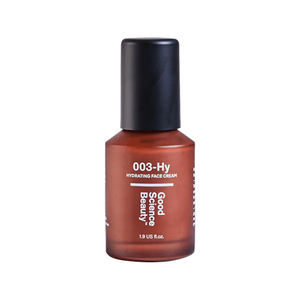
Good Science Beauty Hydrating Cream* – This moisturizer has a smooth, creamy consistency that I can use in the spring, fall, and winter months.
*Get 25% off your first purchase using promo code BEAUTYINCOLOR.

Indeed Labs 10Balm – 10Balm is an intensive healing and soothing cream. If your skin is irritated or chafed due to the cold and wind, this is perfect!

Paula’s Choice Omega+ Complex Moisturizer – This moisturizer has a unique whipped texture and contains replenishing ceramides and omega fatty acids that strengthen the skin barrier. This moisturizer has helped calm my eczema flare-ups, especially during the winter months. Check out my blog post on my top 10 favorites from Paula’s Choice here.
*Get 15% off your purchase by clicking here.
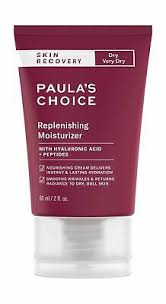
Paula’s Choice Replenishing Moisturizer – I’ve been trying this out for a few months now, and I like it. It has a creamy texture that makes my skin feel so soft. You’ll be seeing this more as the weather gets colder.
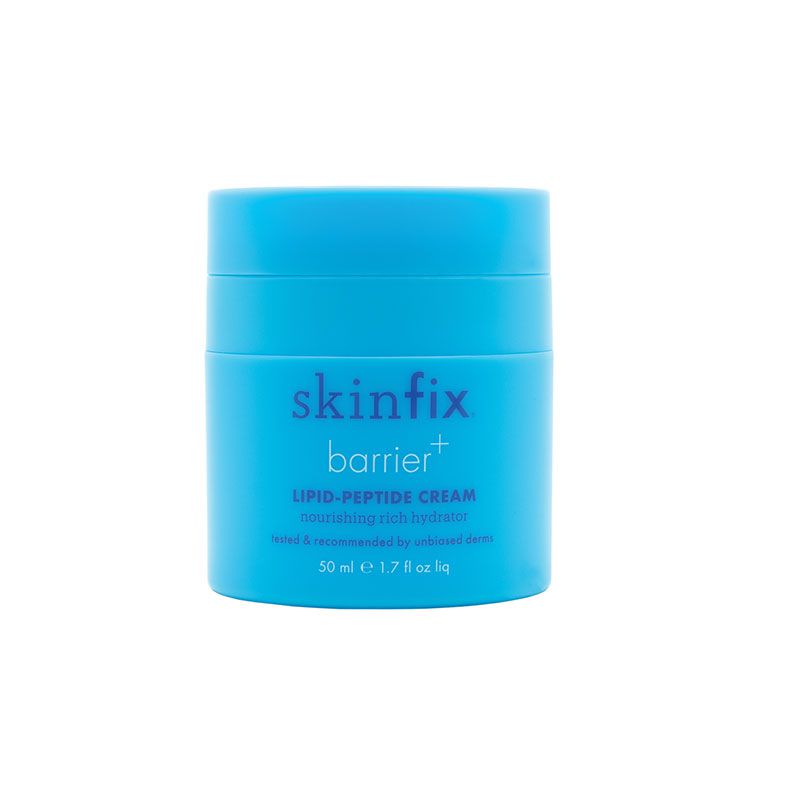
SkinFix Barrier+ Triple Lipid-Peptide Face Cream – Another creamy favorite full of lipids and fatty acids! This cream is nutrient-dense and oh-so fluffy, making the application process just as lovely as the results.

Youth To The People Adaptogen Deep Moisture Cream – This is a thick and creamy moisturizer that delivers a surprisingly dry finish. And it’s incredibly calming.
*These products contain at least one essential oil, although it’s at the bottom half of their ingredients list. Essential oils can be irritating to some people, especially those with sensitive skin.
You’re Ready!
Now you have the guidelines that will help you select the right product and avoid the wrong ones. I hope this was helpful and not too boring.
Let me know which moisturizers have worked for you in the comments below!
Which ingredients do you look for in your moisturizer? Which ones do you avoid?
What other ingredient categories do you have questions about?


Great post Dana! I LOVE my Cerave moisturizer, the one in the tub. I have pretty normal skin so I could try almost anything, but for some reason I gravitate towards the heavier creams. I’m going to take a closer look at the ones you listed here and give a few others a try.
Author
Check them out and let me know if you have any questions. You know I’m always available via DM! I’ll have more info in my IG stories today…and maybe a surprise in my stories on Thursday. ?
Hi, I am so happy after going through this article. Your blog contains so informative content about skincare. How long have you been writing such great content? Keep it up. Thanks!